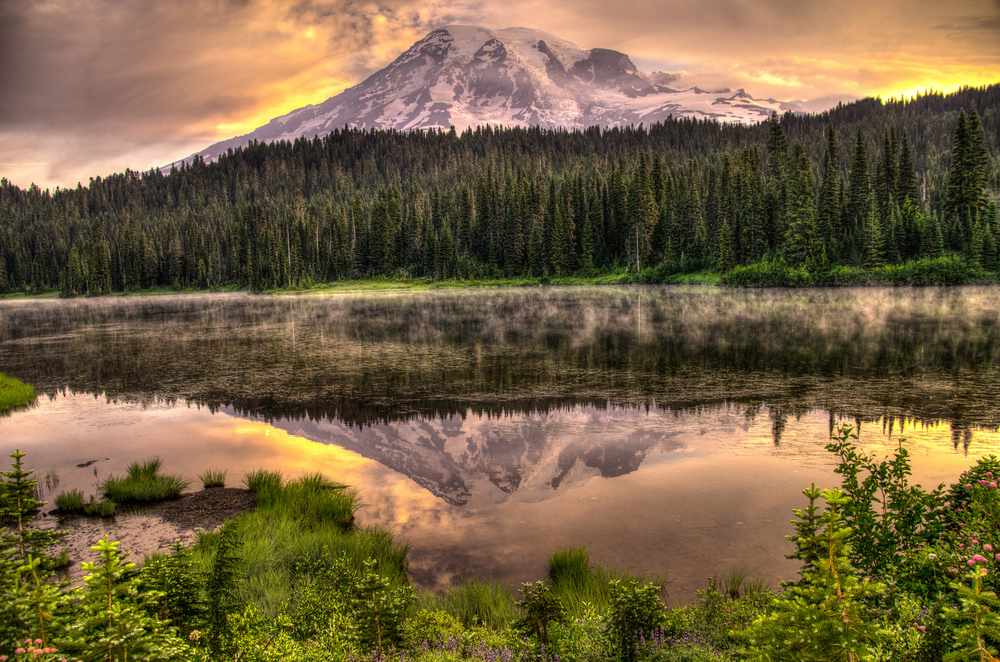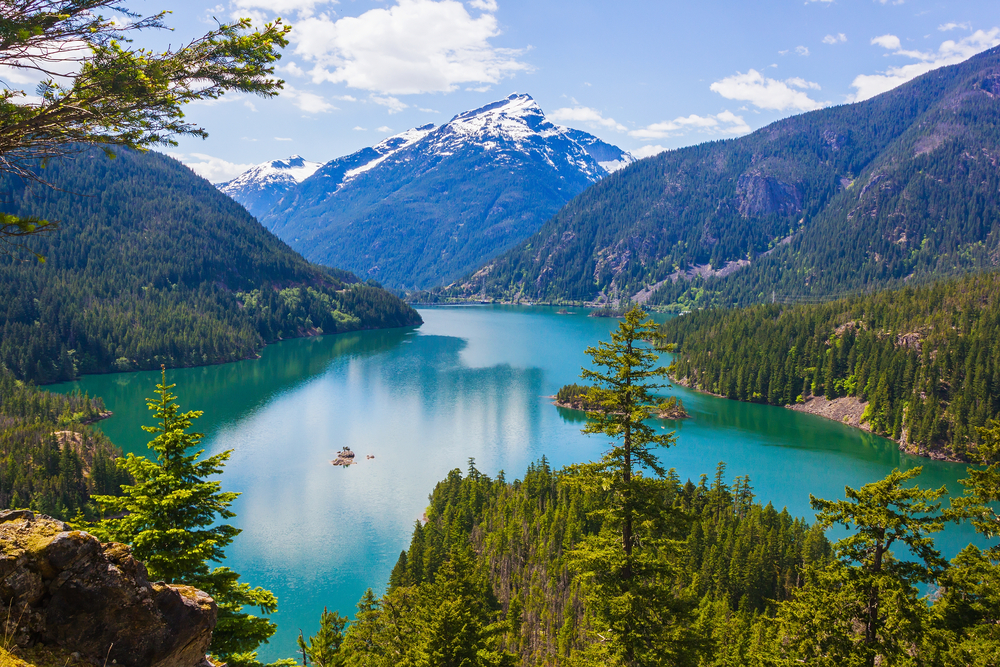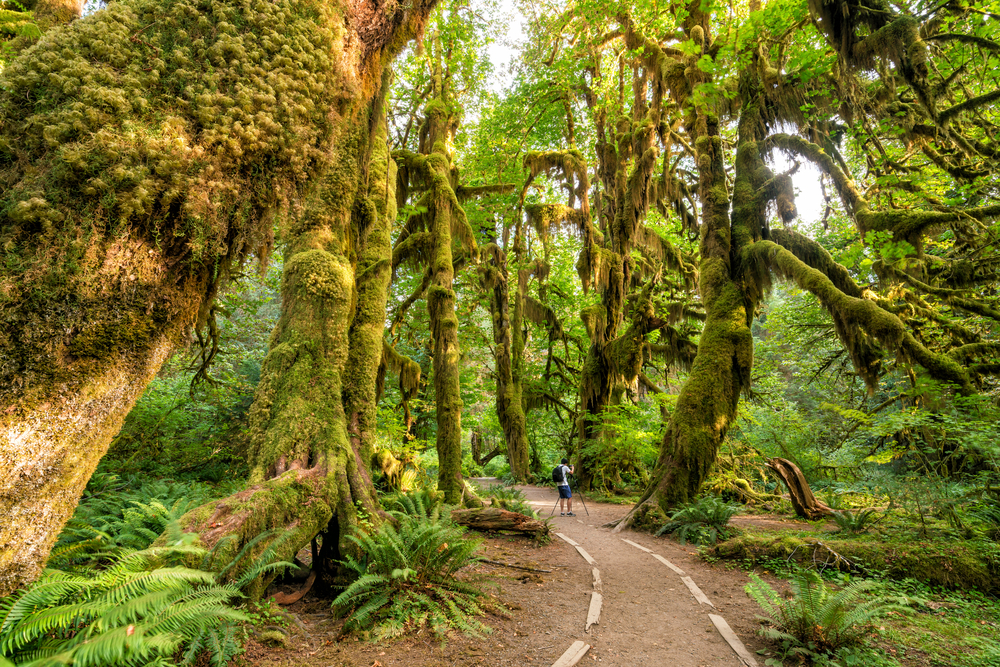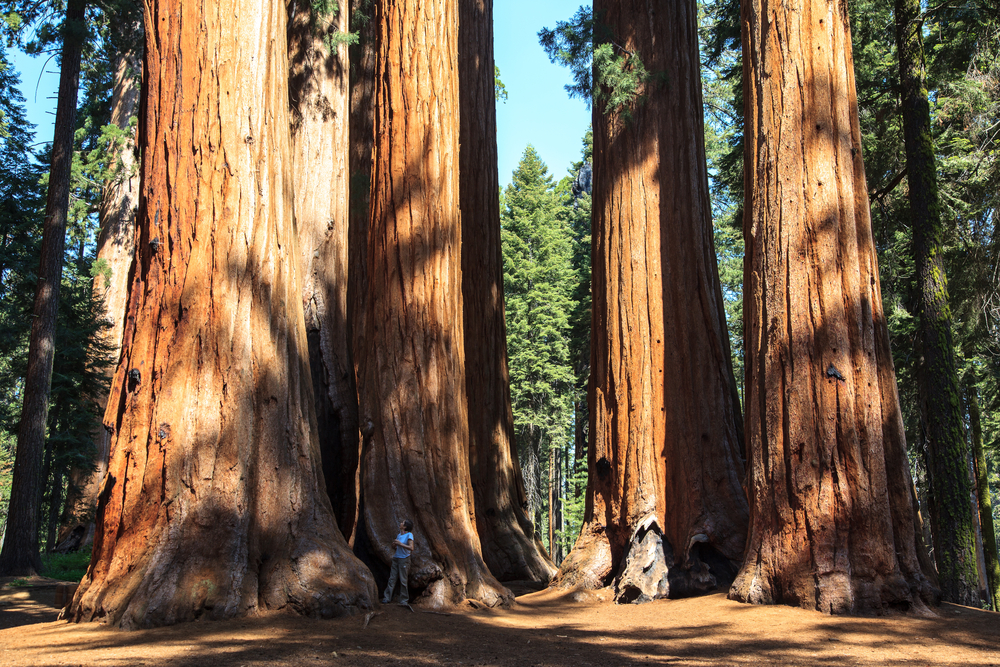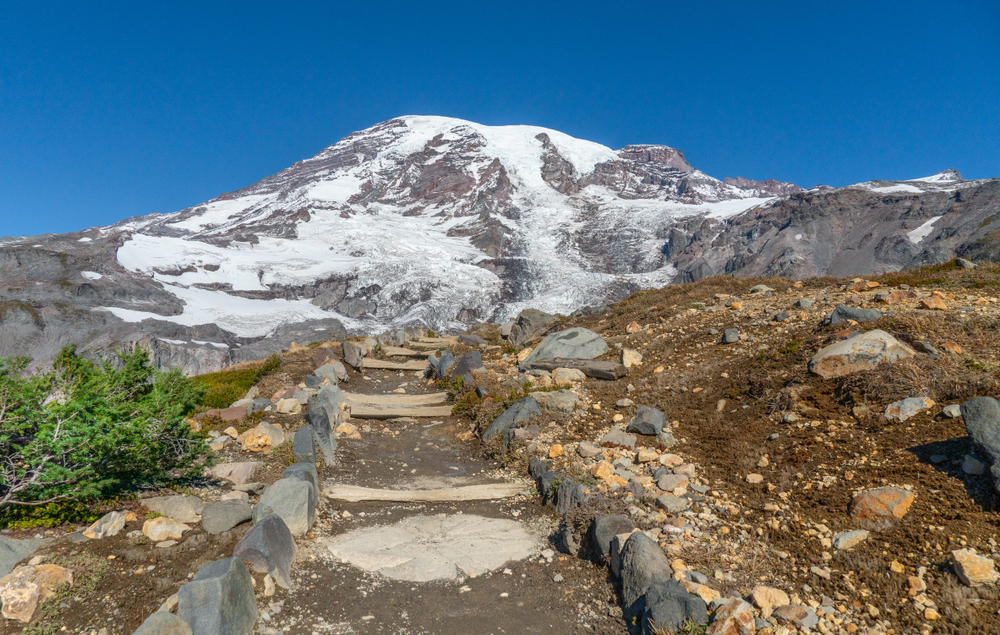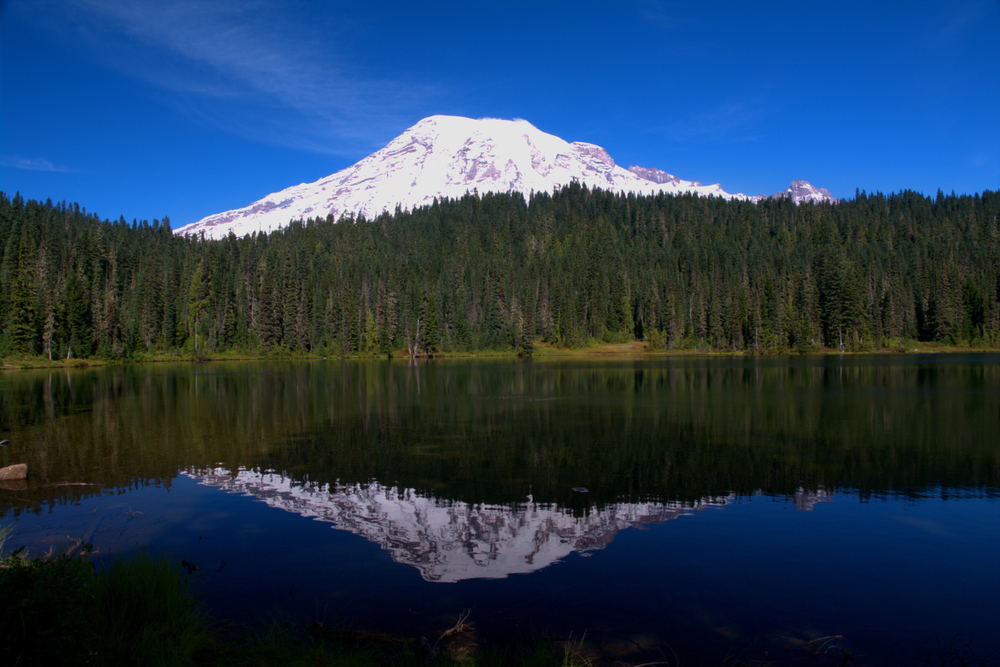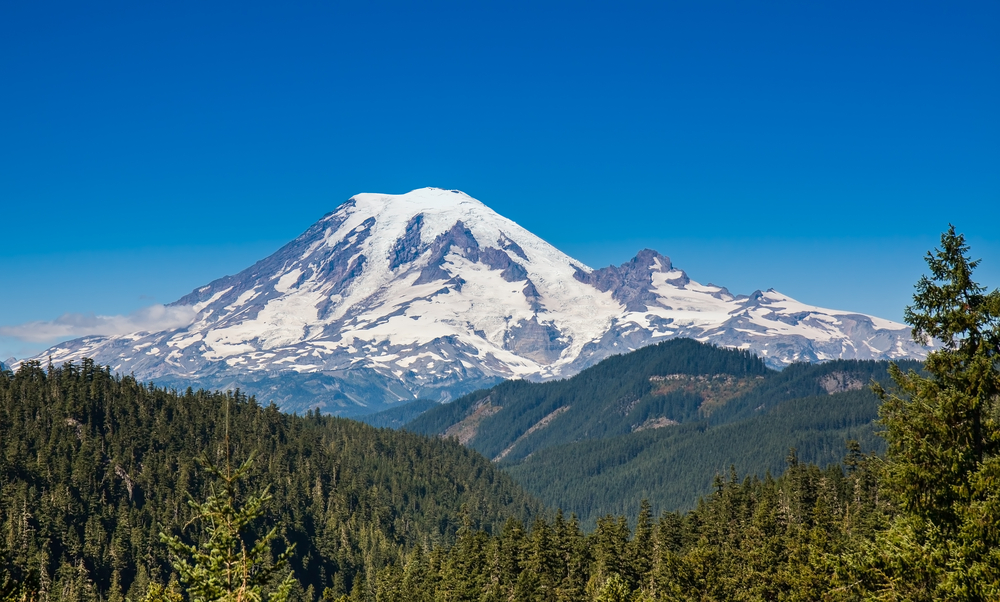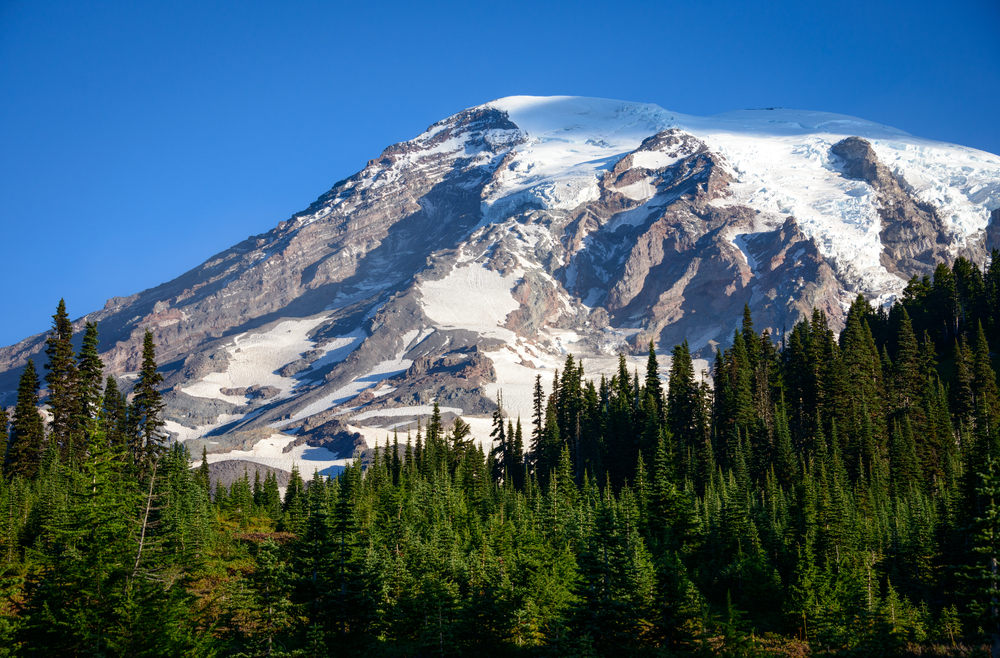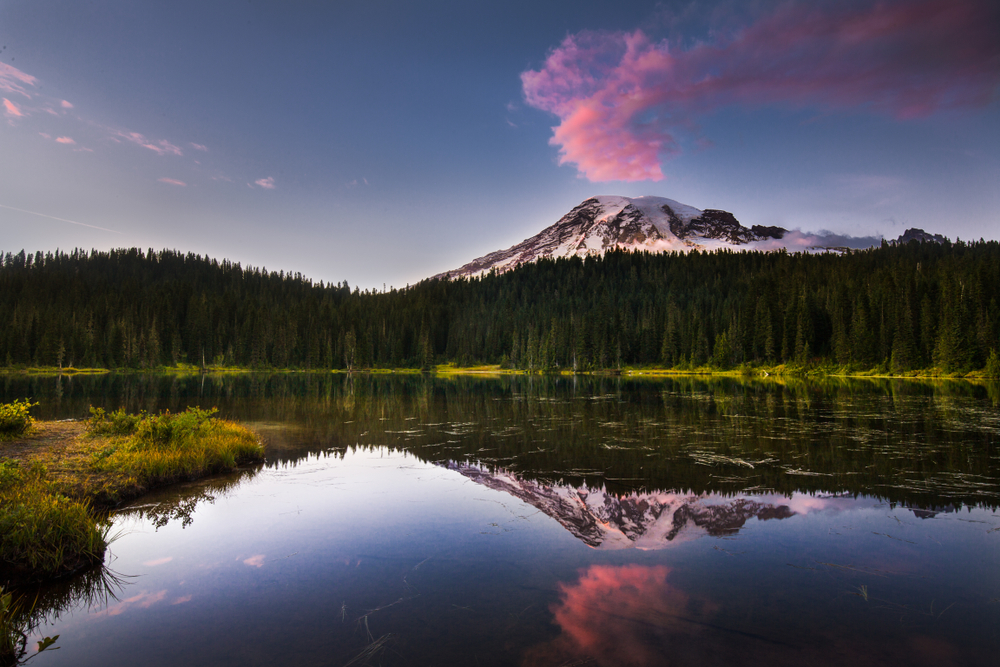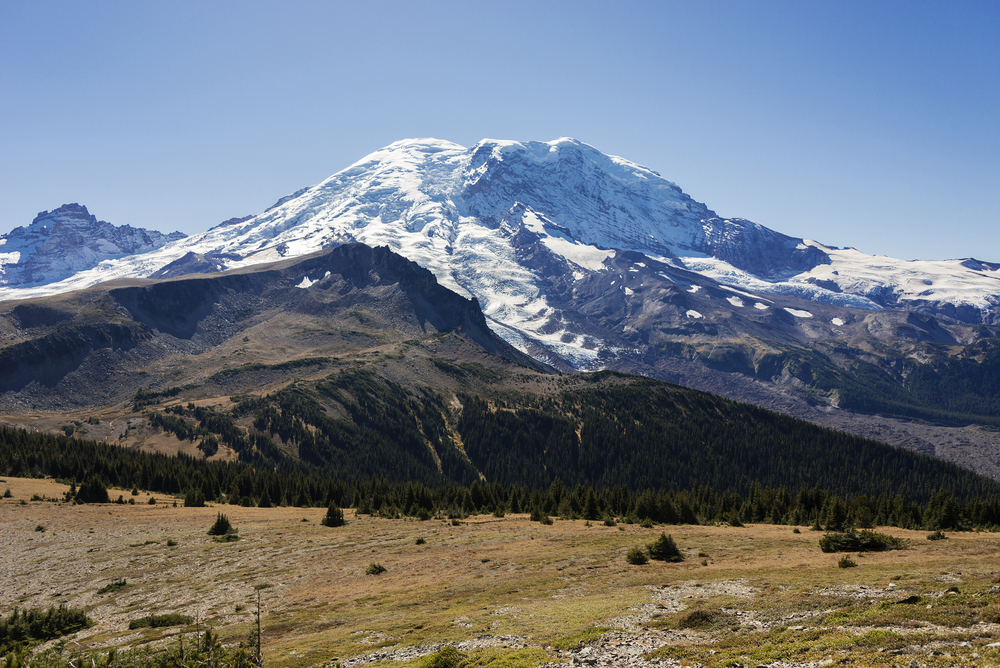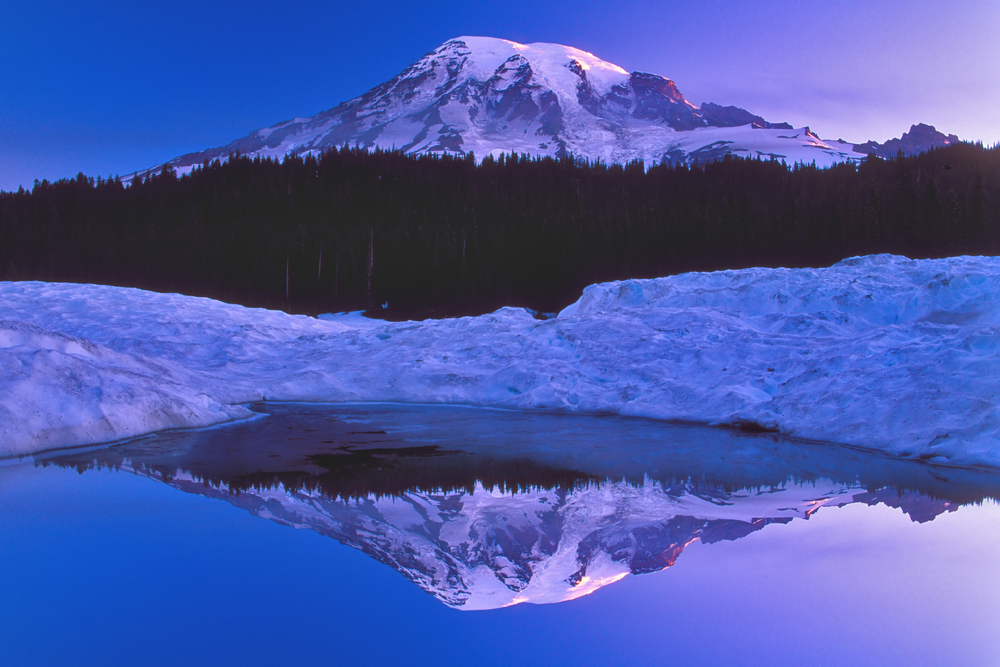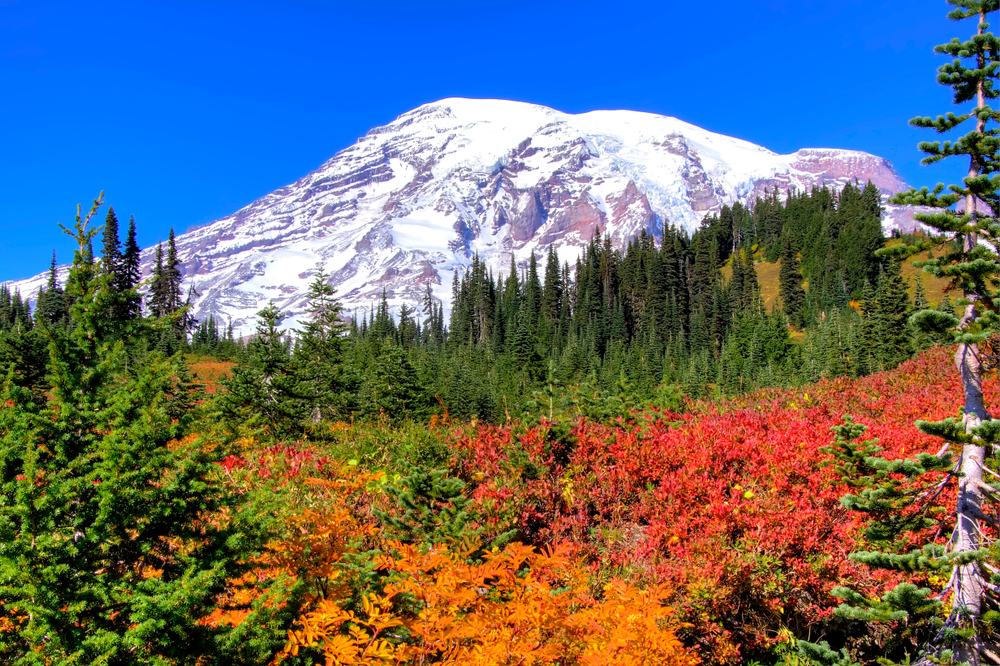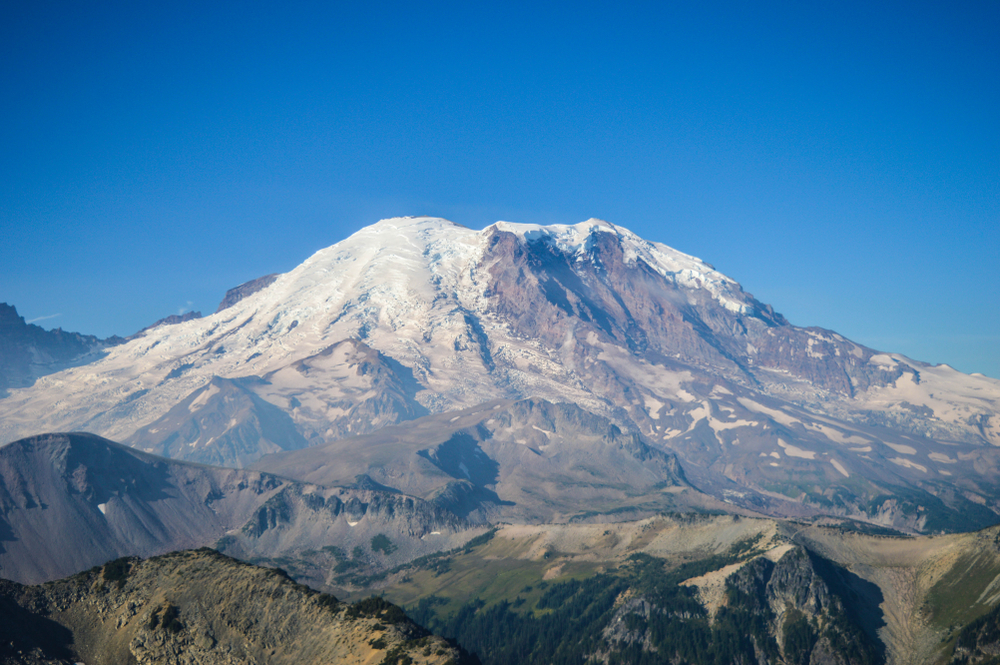Popular
Mount Rainier National Park, a jewel of the Pacific Northwest, encompasses diverse habitats that support a wide range of wildlife, offering visitors stunning encounters with species that navigate the challenges of life in and around the majestic peak and its surrounding landscapes.
Black Bear Commonly seen in both forested areas and alpine meadows, Black Bears play a crucial role in the ecosystem, foraging for berries, nuts, and insects.
Elk The majestic Elk roam the park’s lower forests and meadows, often heard bugling in the fall, a haunting sound that echoes through the valleys.
Mountain Goat Adapted to the park’s rugged terrain, Mountain Goats are seen on high cliff ledges, their white coats a stark contrast against the rocky backdrop.
Marmot The Whistling Marmot, known for its loud calls, is a familiar sight in the park’s alpine areas, where it suns itself on rocks and forages for plants.
Pika The small, energetic Pika is a delight to observe among the park’s rocky areas, busy gathering vegetation for the winter under the watchful eye of hikers.
Coyote Versatile and adaptable, Coyotes can be spotted throughout the park, their howls a haunting soundtrack to the Mount Rainier wilderness experience.
Northern Spotted Owl An emblem of Pacific Northwest forests, the Northern Spotted Owl is a rare and elusive sight, representing the ancient, old-growth ecosystems that the park helps protect.
Gray Wolf Though sightings are rare, the presence of Gray Wolves in the park signifies the return of a top predator, crucial for maintaining ecological balance.
Bald Eagle Soaring above the park’s rivers and lakes, Bald Eagles are a powerful symbol of wilderness, their presence indicative of the health of Rainier’s aquatic ecosystems.
Red Fox The Red Fox, with its striking appearance and cunning nature, can occasionally be seen at dawn or dusk, adding a splash of color to the landscape.
Mount Rainier National Park’s wildlife, from the iconic Black Bear to the elusive Northern Spotted Owl, showcases the vibrant life that thrives in the shadow of Washington’s highest peak, inviting exploration and appreciation from all who visit.








































































